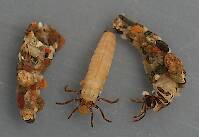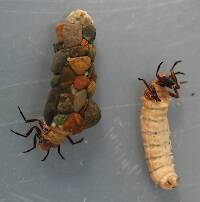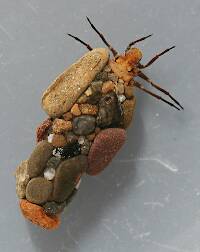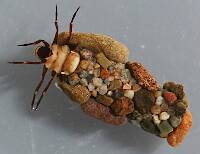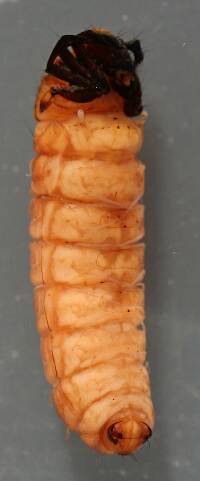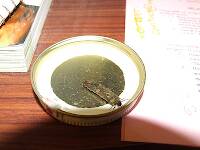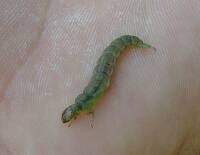
Blue-winged Olives
Baetis
Tiny Baetis mayflies are perhaps the most commonly encountered and imitated by anglers on all American trout streams due to their great abundance, widespread distribution, and trout-friendly emergence habits.
Featured on the forum

Troutnut is a project started in 2003 by salmonid ecologist Jason "Troutnut" Neuswanger to help anglers and
fly tyers unabashedly embrace the entomological side of the sport. Learn more about Troutnut or
support the project for an enhanced experience here.
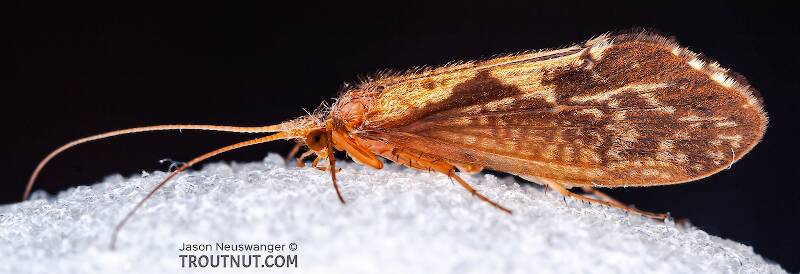
This large caddisfly looks really neat close-up.
Troutnut on Oct 4, 2006October 4th, 2006, 1:08 pm EDT
I took lots of pictures of this large caddisfly hoping one of the caddis gurus here can identify it to a more detailed level than I. I was able to follow the key in Merritt & Cummins through to Phryganeidae, though I might have made a mistake.
Jason Neuswanger, Ph.D.
Troutnut and salmonid ecologist
Troutnut and salmonid ecologist
Vshivkova
Posts: 2
Posts: 2
Vshivkova on Nov 18, 2006November 18th, 2006, 11:57 am EST
It is not Limnephilidae, I guess it is some of Neophylax or other Thremmatinae. My reasons:a) color pattern look as in many Neophylax; at the base of hind leg spurs the only one black spine (in Limnephilidae - two sines; in Thremmatinae - 0 or one); 2) female genitalia is not as in Limnephilidae s.str.
Quick Reply
Related Discussions
Topic
Replies
Last Reply
7
Nov 20, 2006
by GONZO
by GONZO
13
Jan 12, 2014
by PaulRoberts
by PaulRoberts
34
Feb 5, 2013
by JOHNW
by JOHNW




